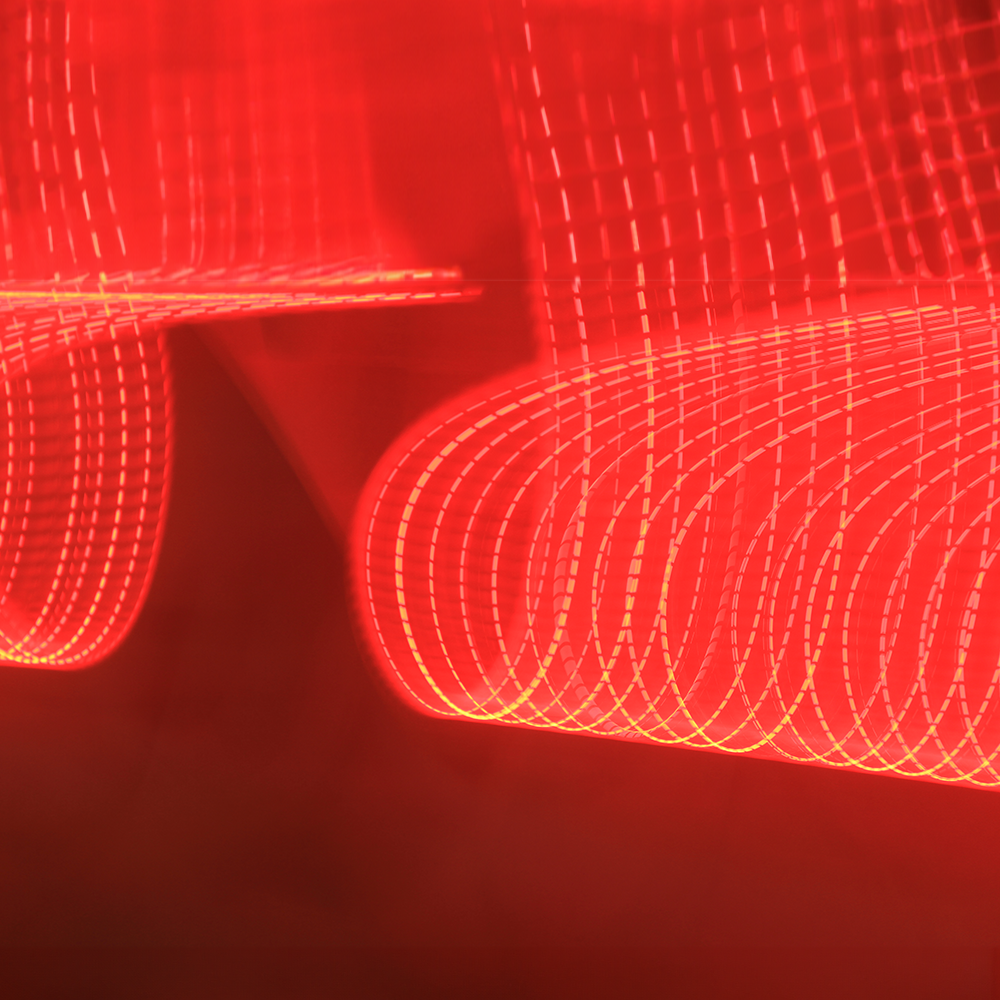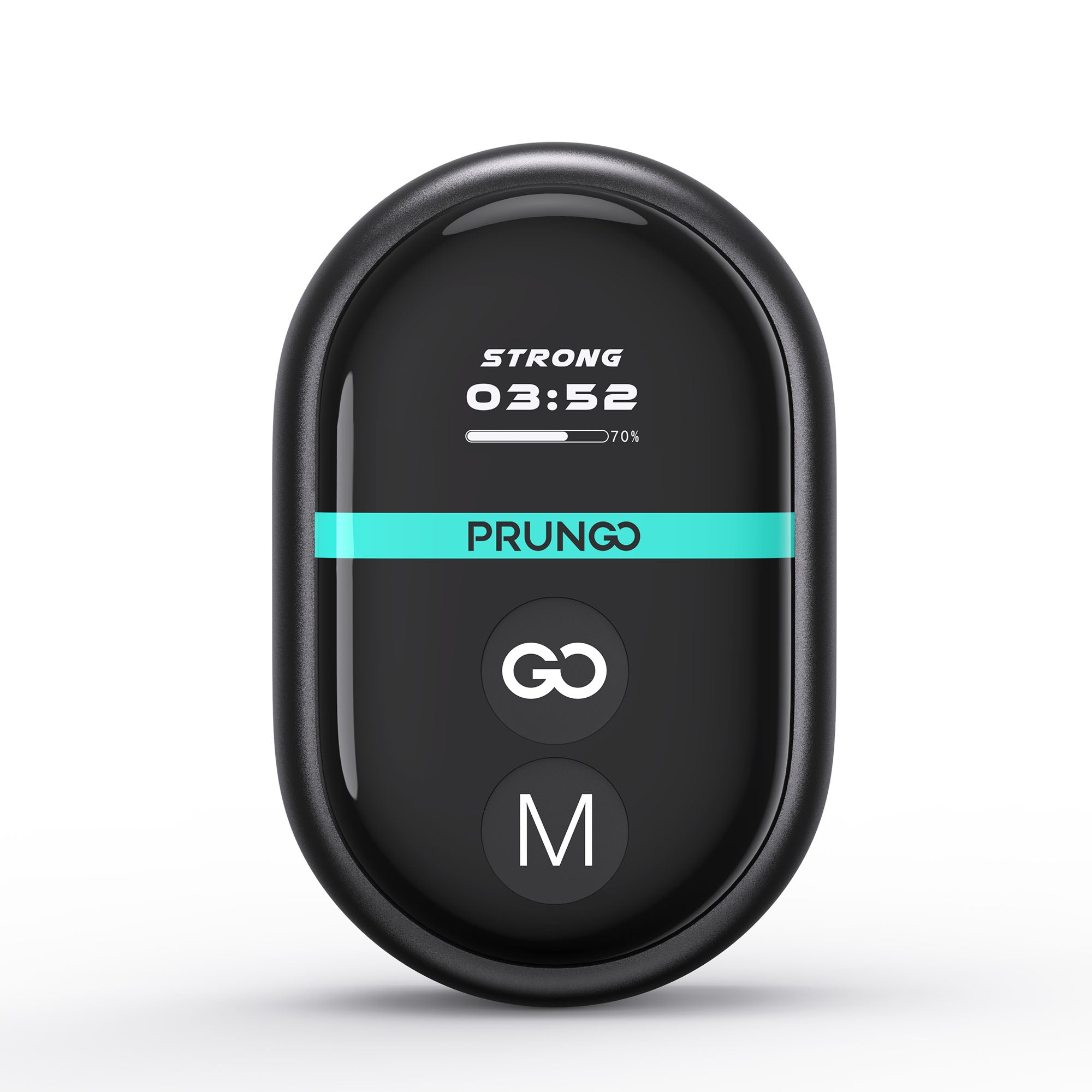
Biomedical Engineering Innovations Driving Red Light Therapy Advancements
Biomedical Engineering Innovations Driving Red Light Therapy Advancements
The realm of biomedical engineering is leading the way in transforming healthcare interventions, with red light therapy (RLT) standing out as a prime illustration of how technological progress can result in substantial enhancements in medical procedures and patient results. Specifically, portable red light therapy gadgets are becoming increasingly popular, owing to advancements that improve their efficiency and convenience. This paper delves into how recent advancements in biomedical engineering are influencing the advancement and enhancement of red light therapy, positioning it as a progressively favored option for both therapeutic and personal care uses.
Enhancements in LED Technology
The fundamental component of red light therapy devices is the light-emitting diodes (LEDs) they contain. The efficiency and power of these devices have been greatly improved due to recent advancements in LED technology. Contemporary LEDs are capable of emitting higher intensities of light at specific wavelengths that are essential for therapeutic effectiveness. These wavelengths typically range from 660 nm to 850 nm, enabling the light to penetrate the skin and tissues and stimulate cellular repair and regeneration processes. This advancement not only enhances the effectiveness of the devices but also reduces the duration of each treatment session, which is particularly advantageous for individuals using portable devices.
Smart Features and Connectivity
Portable red light therapy devices have not been neglected in an era characterized by the dominance of smart technology. The incorporation of advanced features such as Bluetooth connectivity and integration with smartphones permits users to regulate their treatment sessions conveniently through mobile applications. These applications empower users to personalize their treatment plans, monitor the duration of each session, and track their progress over time. The substantial degree of customization and control offered by these devices facilitates easier access to red light therapy, thus promoting a consistent usage pattern, which ultimately contributes to attaining optimal outcomes.
Improved Portability and Design
Biomedical engineering has been instrumental in enhancing the portability and design of red light therapy devices. The latest iterations are not only more lightweight and robust, but they also boast extended battery life, rendering them suitable for diverse environments, ranging from residential spaces to professional settings, without the incessant requirement of recharging. Moreover, the ergonomic designs guarantee utmost comfort during usage, especially for treatments necessitating direct skin contact.
Safety Features
Ensuring safety is of utmost importance when it comes to advancing medical devices. Modern red light therapy devices are equipped with various safety measures, such as automatic shut-off timers and heat control mechanisms, to prevent any potential damage to the skin. These functions guarantee that the devices are used within safe time limits and prevent overheating, ultimately enhancing user safety during treatment.
Clinical Trials and Research
Biomedical engineering and clinical research are closely connected, as they collaborate to gather evidence supporting the effectiveness and safety of red light therapy. Recent investigations have revealed that red light therapy (RLT) can play a crucial role in the healing process of deep tissue injuries, alleviating inflammation and pain, and enhancing skin complexion and overall health. Continuous research efforts are being made to uncover novel applications of RLT, which may offer potential treatment options for various conditions such as muscle fatigue, neurodegenerative diseases, and depression.
Future Directions
In the foreseeable future, the realm of biomedical engineering persists in advancing the limits of red light therapy. The progressions encompassing nanotechnology and the amalgamation of RLT with other therapeutic methodologies hold the potential to augment the efficacy of red light treatments even more. The convergence of these cutting-edge technologies has the potential to pave the way for personalized medicine approaches, wherein treatments are customized to suit the unique physiological and genetic characteristics of each individual.
Conclusion
The convergence of biomedical engineering and red light therapy exemplifies the transformative potential of technology in healthcare. With the advancement of portable red light therapy devices, individuals now have access to a practical, safe, and efficient solution for enhancing their overall health and wellness. Ongoing developments in this field not only aim to improve the efficacy and quality of red light therapy but also position it as a fundamental component of contemporary therapeutic interventions.

PRUNGO MODULE
The Prungo Module effectively alleviates joint pain, reduces inflammation, and promotes the healing of damaged tissues.
- Choosing a selection results in a full page refresh.
!

